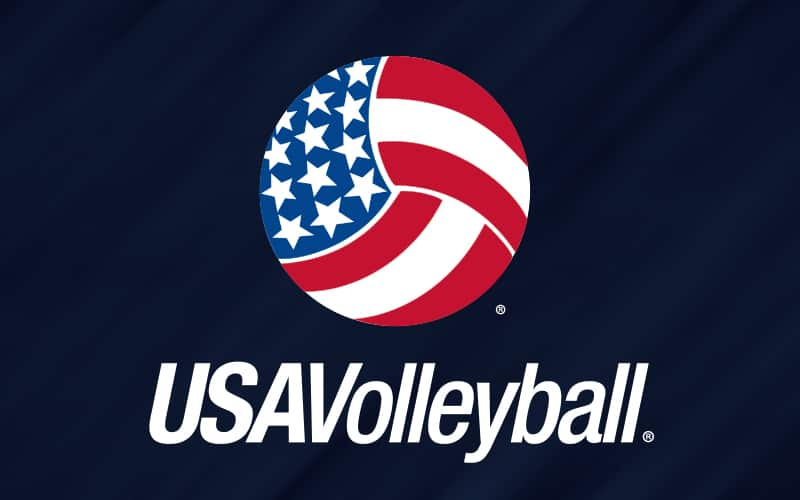
Originally published in VolleyballUSA, Fall 2011 issue.
The success of the U.S. Women’s National Team this summer made me more convinced than ever that serving is a skill that young players in the U.S. need to spend more time practicing. On our way to gold medals at the FIVB World Grand Prix and the NORCECA Women’s Continental Championship, we created a lot of point-scoring opportunities with tough serves that combined pace and accuracy. That was a big part of why we won a total of 17 of our 19 matches in those two tournaments.
Quite honestly, serving is not a skill that our juniors and college-level players do as well as other players in those age groups around the world. That’s a generalization, but it’s largely true.
Why are we behind? Mostly, it has to do with time constraints. Unlike other countries, school teams in the U.S. are limited to a certain number of practice hours, so coaches are challenged to fit everything into a tight schedule. As a result, serving often gets pushed farther down on the priority list.
When I coached high school volleyball, I dealt with this issue as best I could by skipping or shortening time for pre-practice stretching and jogging and moving directly into volleyball-specific training. Most of the recent science tells us that traditional warmups like static stretching and leisurely laps do little or nothing to prevent injuries, so I prefer warming up with some type of volleyball game or drill or movement. That adds up to a far greater number of touches over the course of a season, and it clears time for more serving practice.
For U.S. National Team practices, we use radar guns so athletes can receive instant, objective feedback on service speed. Radar gun prices have dropped - now less than $100 - and they’re extremely useful. We use them to help servers understand how serve velocity affects accuracy and movement. If their 40 miles per hour serve flies long too often, they can adjust by dropping the pace to 37 or 38 and serve a higher percentage in the court.
One thing we don’t want is for our servers to be so focused on accuracy that they lollypop the ball in at such a slow pace that it’s easy to pass - or easy for the libero to poach. The goal for USA servers is to knock an opponent out of system with a marginal pass - not to serve aces - allowing the block and defense to do their job and create point-scoring chances. Lollypop serves don’t often accomplish that goal.
Along with fine-tuning the speed of their serves, the U.S. Women work hard on placement. A seam that our players often have to hit is between Zone 5 and Zone 6, so we put trash cans and carpet strips on the court as targets. They serve a certain number and keep track of how often they hit the targets.
By comparing the number of times players hit the target areas with the pace of their serves, they can find the ideal balance between speed and accuracy, one that will allow them to be most effective during matches.
Serving is one skill you can easily practice on your own. My former teammate Eric Sato, a defensive and serving specialist on our 1988 Olympic gold-medal team, used to spend hours serving against his garage door. It paid off. He ripped a lot of important aces for us during that Olympics Games and many of the key competitions that preceded it.
Besides serving to a wall or garage door, another good way to practice is to put up a net - or even just a rope - at a park or in your backyard and serve at targets. If you don’t have trash cans available, use whatever is handy. Beach towels. Shirts. Strips of old carpet. Bring a friend or two, and you can have competitions to see who is most accurate similar to games of HORSE in basketball.
However you choose to practice serving, the important thing is that you do it, and do it mindfully, hitting each serve with specific intent. Players who help their teams score the most points with their serves are almost always the ones who have put in the hours to improve. It’s a simple correlation. Serve more, serve better. It doesn’t happen by accident.

